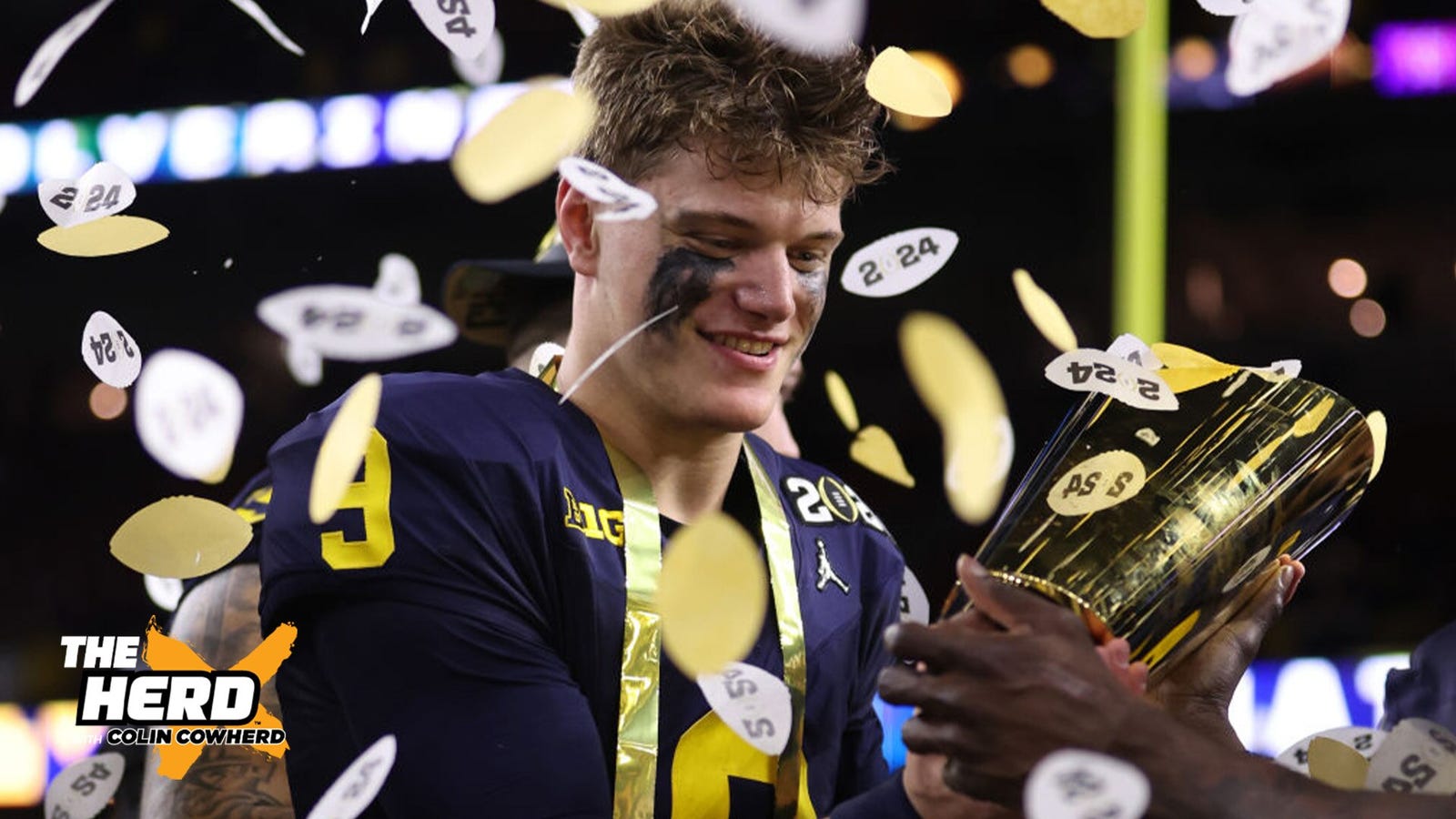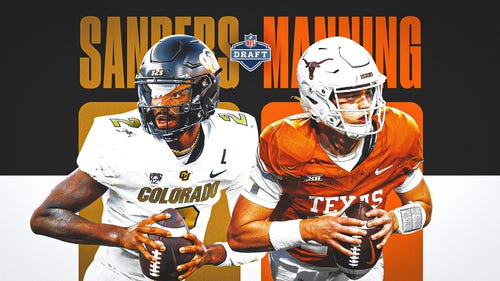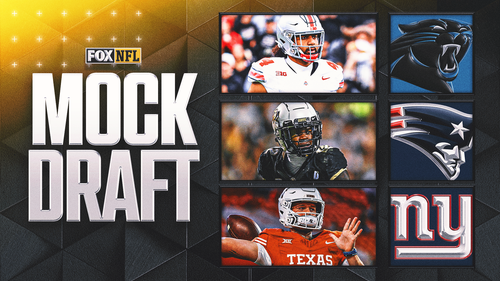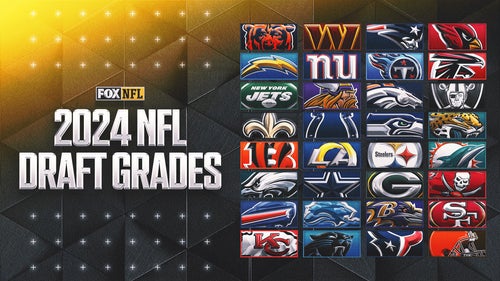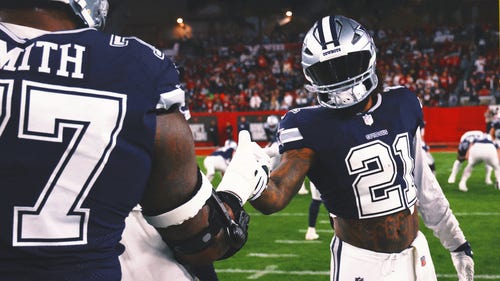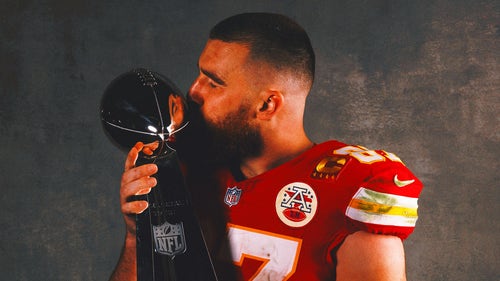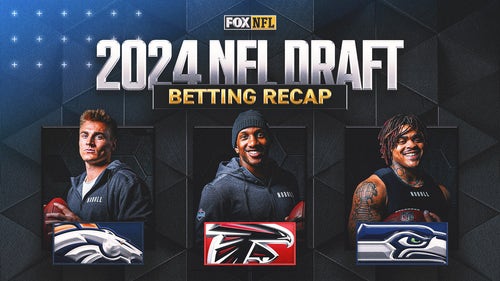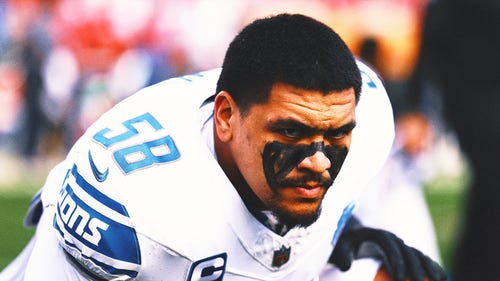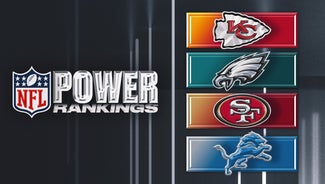
The art of NFL Draft misdirection: How teams use subterfuge to hide their plans
It was four days before the draft, and as the former NFL general manager tells the story, he pulled a scout off a plane and had him drive two hours to a small-school prospect's hometown for an impromptu last-minute workout.
The scout found a field that was full of weeds and borrowed gear from a nearby high school to run drills. He used his hat to mimic the snap of the football. The GM had the scout pay a friend of the prospect $100 to record the workout on his phone and post it to social media. "Get that money!" the player's buddy said in the background with each rep.
The team did not draft the player, and had little intention of doing so.
There is often smoke when fire doesn't even have a draftable grade. This is the time of year when NFL teams say and do nearly anything to throw everyone — other teams, the media, agents, the public — off the trail of what's really happening. April is crunch time for the art of NFL Draft misdirection, and everybody does it their own way.
Who can you trust this time of year? Not even a player's school sometimes. Former longtime NFL general manager Charley Casserly remembers when he was a rookie scout with Washington in the late 1970s and was sent to work out a defensive tackle at a school — "this player, at a college," he says, still not wanting to burn a bridge 40-plus years later.
Casserly worked out the prospect as scheduled and was surprised when he ran the 40-yard dash in 5.4 seconds, an incredibly slow time. "The guy could run like 5-flat. Supposedly he had worked out for a coach earlier that morning," he says.
"I swear to God, they sent me the wrong guy."
He didn't know it until later, when he finally saw a picture of the prospect — this was way pre-Internet, so he couldn't just pull up a headshot on his phone. "I said, 'That's not the guy I worked out,'" Casserly said, presuming now that someone at the school just didn't want the player going to Washington.
Everybody talks in the days and weeks leading up to the draft. GMs and coaches share info with people they think they can trust and scouts talk with friends and colleagues on other staffs to compare notes. Again, these aren't always honest and forthright conversations. Some are designed to get teams excited about the wrong prospect, or give them pause about someone they like.
Former longtime NFL executive Bill Polian, now 81, remembers one draft in particular when he was with the Buffalo Bills, somewhere between 1986 and 1992. (The details remain murky on purpose even after careers have come and gone.) There was a player the Bills liked, but they were unsure of whether they should take him in the first or second round, perhaps trading up or down, but they wanted him regardless.
"About two days before the draft, a guy I really trusted in the building, a top-flight intelligence guy, comes in: 'You won't believe what I just heard about Player X,'" Polian said. "I said, 'What?' and it was terribly pejorative about his personal life. I said, 'Is there any corroboration to that?' and he said no. I said, 'Where did you hear it?' and he gave me the name of a guy who was a notorious purveyor of this kind of stuff. I said, 'Aw, heck, don't worry about it. This guy's just a gossip monger. He's just trying to scare us off the guy.'
"There was more of it in the old days. Now most of it is checkable, so less of it goes on."
With today's online world, everything is out there, leaving teams to vet what is true and what is pre-draft bunk. Sorting through a haystack of information for rare bits of actual insight is a challenge and a skill.
The league's general managers will all take questions from reporters in the final two weeks before the draft, but it's an exercise in saying nothing. To a man, they'll tell you they're leaving all their options open, that they could trade up or trade down in the right scenario, or be happy staying exactly where they are. If a specific position of need is actually mentioned, it's one that was obvious from a cursory look at the depth chart.
Every level of interaction between team and player is reported. Agents want it out there that a player is coveted by others, driving up his perceived draft value, while teams seek the opposite, however unlikely that is. Knowing that everything gets out there, a team might use that as a red herring, spending resources on prospects they don't have on their board, just so the rest of the league doesn't know that's the case.
Rob Rang's top 100 prospect rankings | Joel Klatt's top 50 prospect rankings | Top 10 QB prospects | Top 10 RB prospects | Top 10 WR prospects | Top 10 TE prospects | Top 10 OT prospects | Top 10 IOL prospects | Top 10 Edge prospects | Top 10 DT prospects | Joel Klatt's mock draft
Polian had a sign on the wall in his draft room — LOOSE LIPS SINK SHIPS — as a reminder that leaked information can work against the team's plans to get the right players in the right spots. Every GM has fish stories of ones that got away, and for Polian, that prospect was Arizona linebacker Tedy Bruschi, in the 1996 draft.
Polian had become the Carolina Panthers' first general manager a year earlier, and the front office had a meeting with owner Jerry Richardson and some of his staff before the draft to go over the basic plan. Polian loved Bruschi and had gone to great lengths to keep that quiet, working him out "surreptitiously" on the final day allowed before the draft. In that meeting with the owner, the GM mentioned his interest in Bruschi and his confidence that the Panthers could get him in the third round.
Carolina had the No. 88 overall pick, but the Patriots traded for the No. 86 pick during the draft, and two spots ahead of the Panthers, New England used it on Bruschi, who would play 13 seasons for the Patriots, winning three Super Bowls. Carolina would take defensive tackle J.C. Price, who never played a snap in the NFL.
"After that I said, 'No more of these pre-draft discussions with outsiders. Forget about it. It ain't happening,'" Polian said. "If the owner wants to know who's on the board, he can come in and we'll show him, as long as he comes in alone. Everybody talks. Everybody wants to be an insider this time of year. I'm sure somebody said, 'The Panthers think they can get Tedy Bruschi in the third round.' Well, we didn't. Lesson learned."
Silence can be used as strategy as well. Teams will become so enamored with a prospect early on that they limit their interaction with him, hiding their love until the card is on the way to the podium. The Tampa Bay Buccaneers took defensive lineman Calijah Kancey at No. 19 last year, and he was as surprised as anyone by the pick. He hadn't talked to the Bucs since brief conversations at the combine.
"Talking to 32 teams and not knowing who actually likes you, who actually loves you, is very stressful," Kancey said. "You've just got to embrace it. I didn't have a feeling at all."
There's plenty of feeling when a name is announced and the team and player can exhale and celebrate at the same time — no more secrets, no more subterfuge, no more deception and duplicity.
Until then, take everything with a grain of salt.
Greg Auman is FOX Sports' NFC South reporter, covering the Buccaneers, Falcons, Panthers and Saints. He is in his 10th season covering the Bucs and the NFL full-time, having spent time at the Tampa Bay Times and The Athletic. You can follow him on Twitter at @gregauman.






































































































































